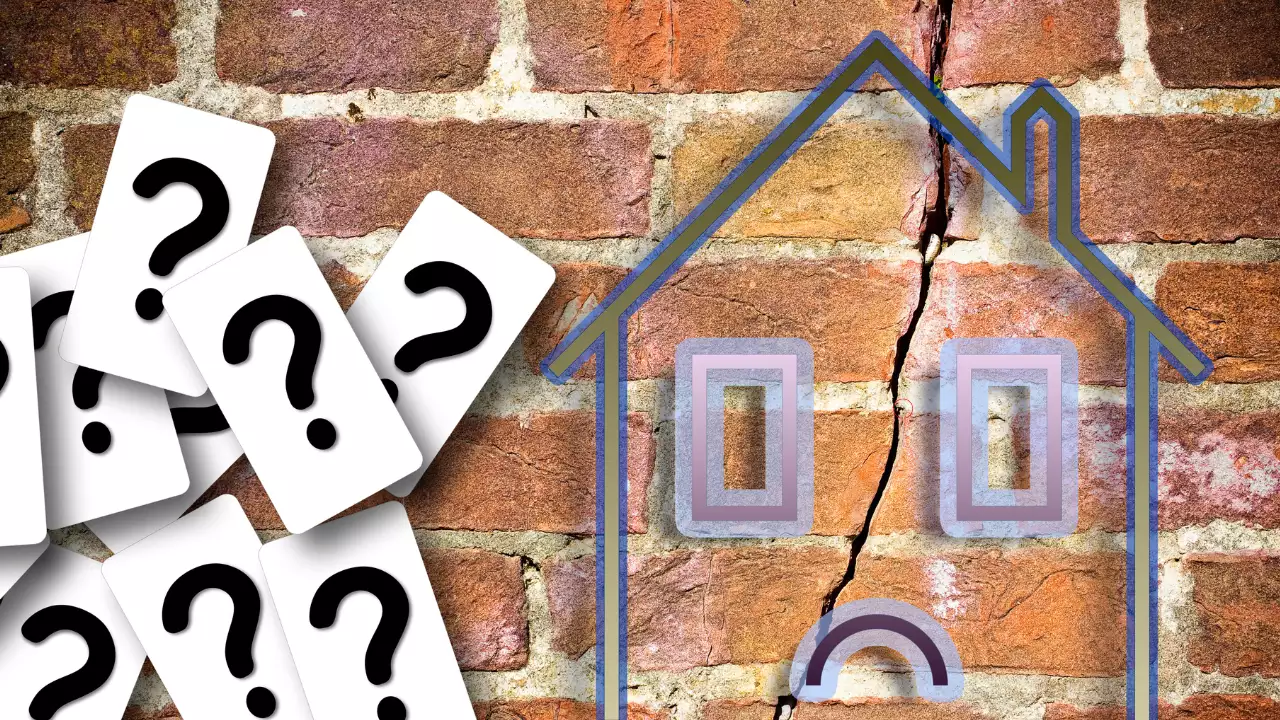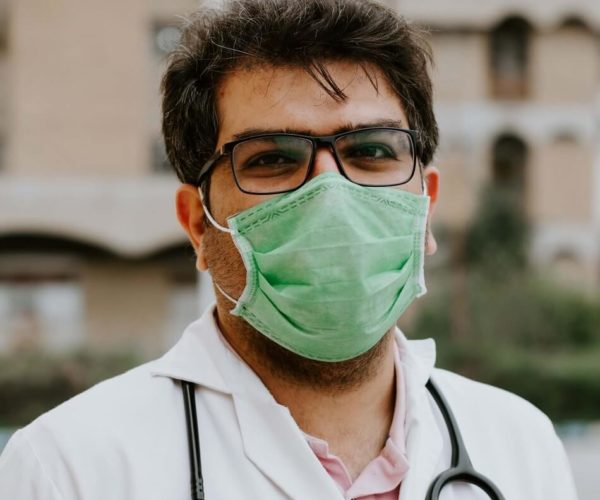Radon, a naturally occurring radioactive gas, has been recognized as a significant health risk for decades. As a colorless, odorless gas that seeps into buildings from the ground, radon can accumulate to dangerous levels, posing a serious threat to human health. Understanding the risks associated with radon exposure and the importance of mitigation is crucial for maintaining a healthy indoor environment. For more detailed information and resources, visit the site online.
What is Radon?
Radon is a decay product of uranium, which is found in soil, rock, and water. As uranium breaks down, radon gas is released and can move through the soil, entering buildings through cracks and gaps in the foundation. Once inside, radon can become trapped and build up to high concentrations, especially in lower levels such as basements and ground floors.
Health Risks of Radon Exposure
Prolonged exposure to high levels of radon is the second leading cause of lung cancer, surpassed only by smoking. According to the Environmental Protection Agency (EPA), radon is responsible for around a whopping 21,000 lung cancer deaths per year in the United States. The risk is particularly high for smokers who are exposed to radon, as their combined risk of lung cancer is significantly greater than that of non-smokers.
How Radon Enters Buildings?
Radon typically enters buildings through:
- Cracks in solid floors
- Construction joints
- Gaps in suspended floors
- Gaps around service pipes
- Cavities inside walls
- The water supply
These entry points allow radon to seep in from the soil and accumulate inside the building, especially in areas with poor ventilation.
Measuring Radon Levels
The only way to know if a building has high radon levels is to test for it. Radon testing is straightforward and can be done using short-term or long-term test kits. Short-term tests, which last from two to 90 days, provide a quick snapshot of radon levels, while long-term tests, lasting more than 90 days, offer a more accurate average level of exposure. It is recommended to conduct a long-term test if initial short-term results indicate elevated radon levels.
Radon Mitigation Techniques
If testing reveals high levels of radon, mitigation is necessary to reduce the risk. Several effective methods can be employed to lower radon levels, including:
- Sub-Slab Depressurization: This is the most common and effective radon reduction method. It involves installing a pipe through the foundation slab into the soil beneath the building and using a fan to draw radon from below the building and vent it outside.
- Sealing Cracks And Openings: Sealing the entry points can help reduce the amount of radon entering the building, although this method alone is not sufficient.
- Improving Ventilation: Increasing air exchange within the building can help dilute radon levels. This can be achieved through mechanical ventilation systems or by opening windows and using fans.
- Sub-Membrane Depressurization: Used in buildings with crawl spaces, this method involves placing a plastic sheet over the soil and using a fan to draw radon from under the sheet and vent it outside.
Ensuring Effective Mitigation
It is crucial to use certified radon mitigation professionals to ensure the effectiveness and safety of the radon reduction system. Proper installation and maintenance are key to keeping radon levels low over time. After mitigation, follow-up testing should be conducted to confirm that radon levels have been reduced to safe levels.
Radon and Water
In addition to airborne radon, radon can also dissolve in water, particularly in water from underground sources such as wells. When this water is used for drinking, cooking, and bathing, radon can be released into the air. It is important to test private water supplies for radon and use appropriate water treatment systems if high levels are detected.
Protecting Health
Awareness and proactive measures are essential in protecting people’s health from radon exposure. Regular testing, effective mitigation, and continuous monitoring can significantly reduce the risk of radon-related health issues. By understanding the dangers of radon and taking the necessary steps to manage it, individuals can create a safer indoor environment for themselves and their families.
Conclusion
Radon is a silent, invisible threat that can have serious health consequences. By recognizing the sources and risks of radon, implementing appropriate testing and mitigation strategies, and ensuring ongoing vigilance, individuals can minimize the impact of radon on health and well-being. Regular education and awareness about radon are crucial in the fight against this hazardous gas, ultimately leading to healthier living spaces and communities. For additional information and resources, individuals are encouraged to visit the site cleanvapor.com.




